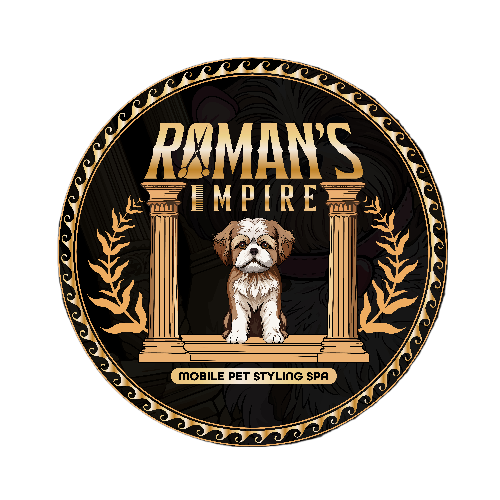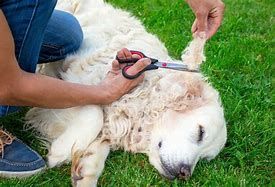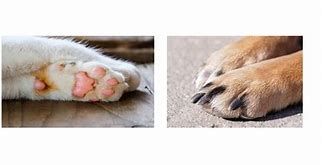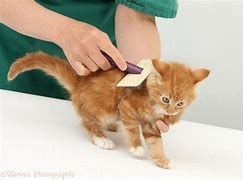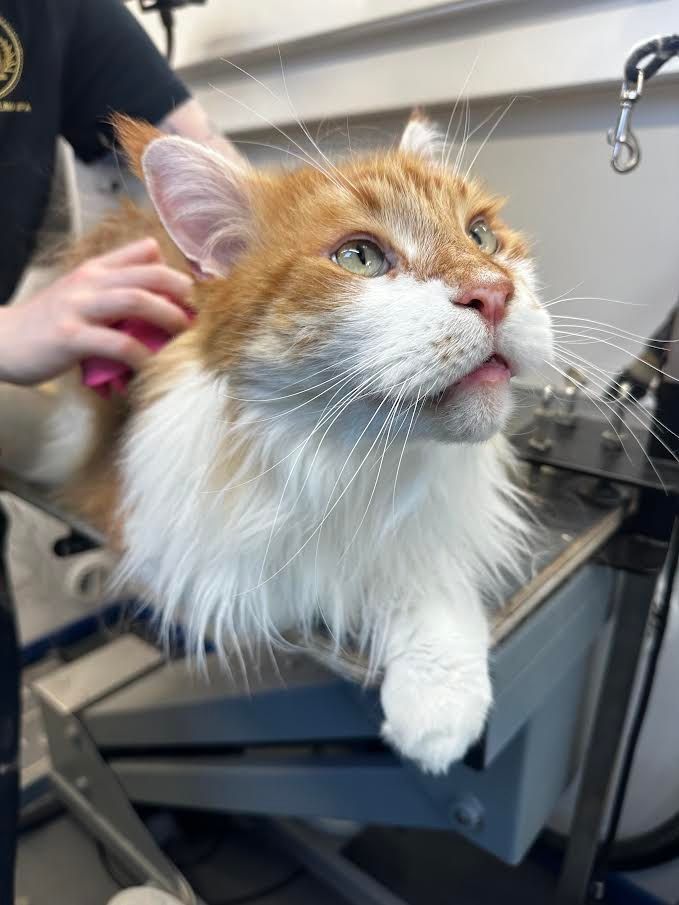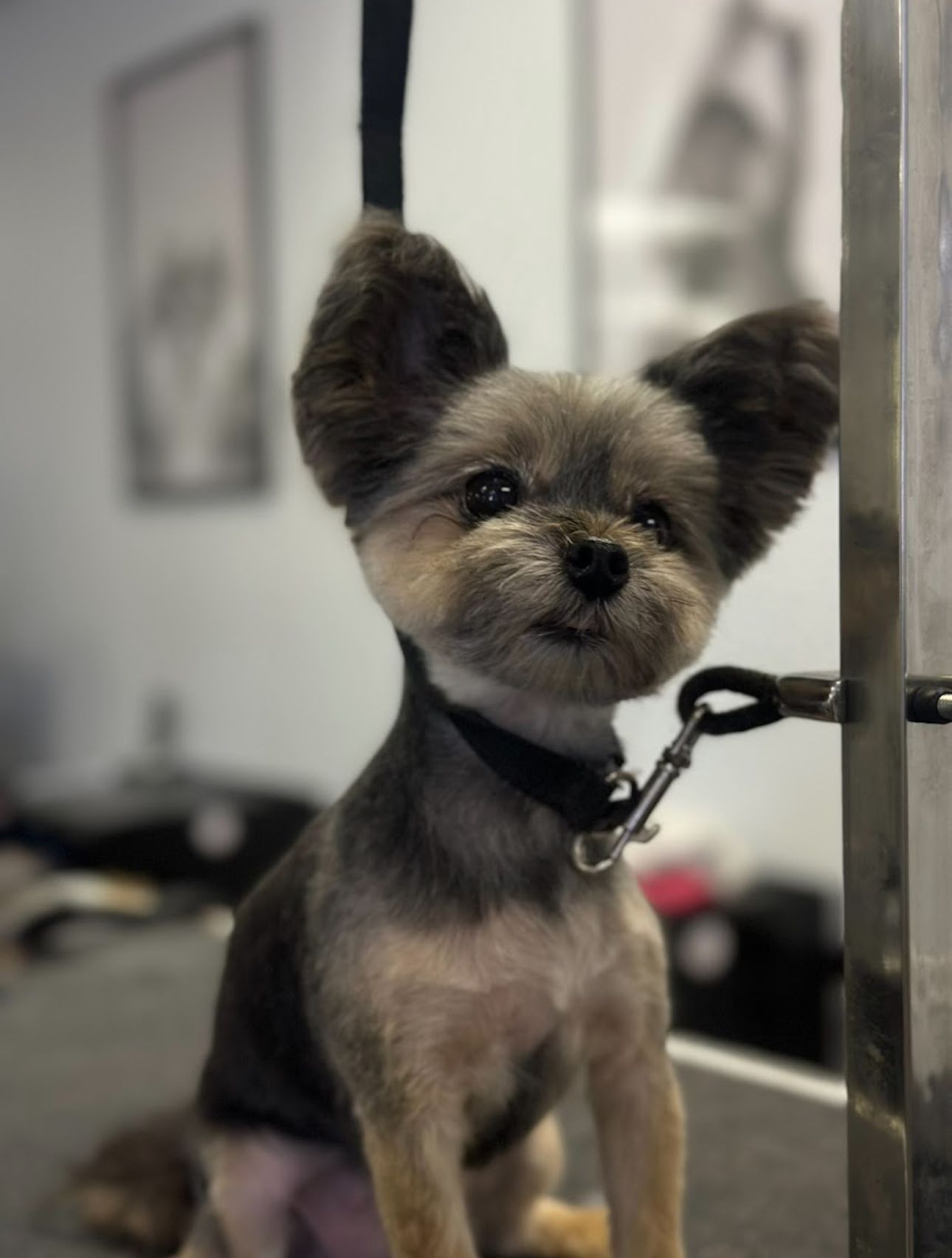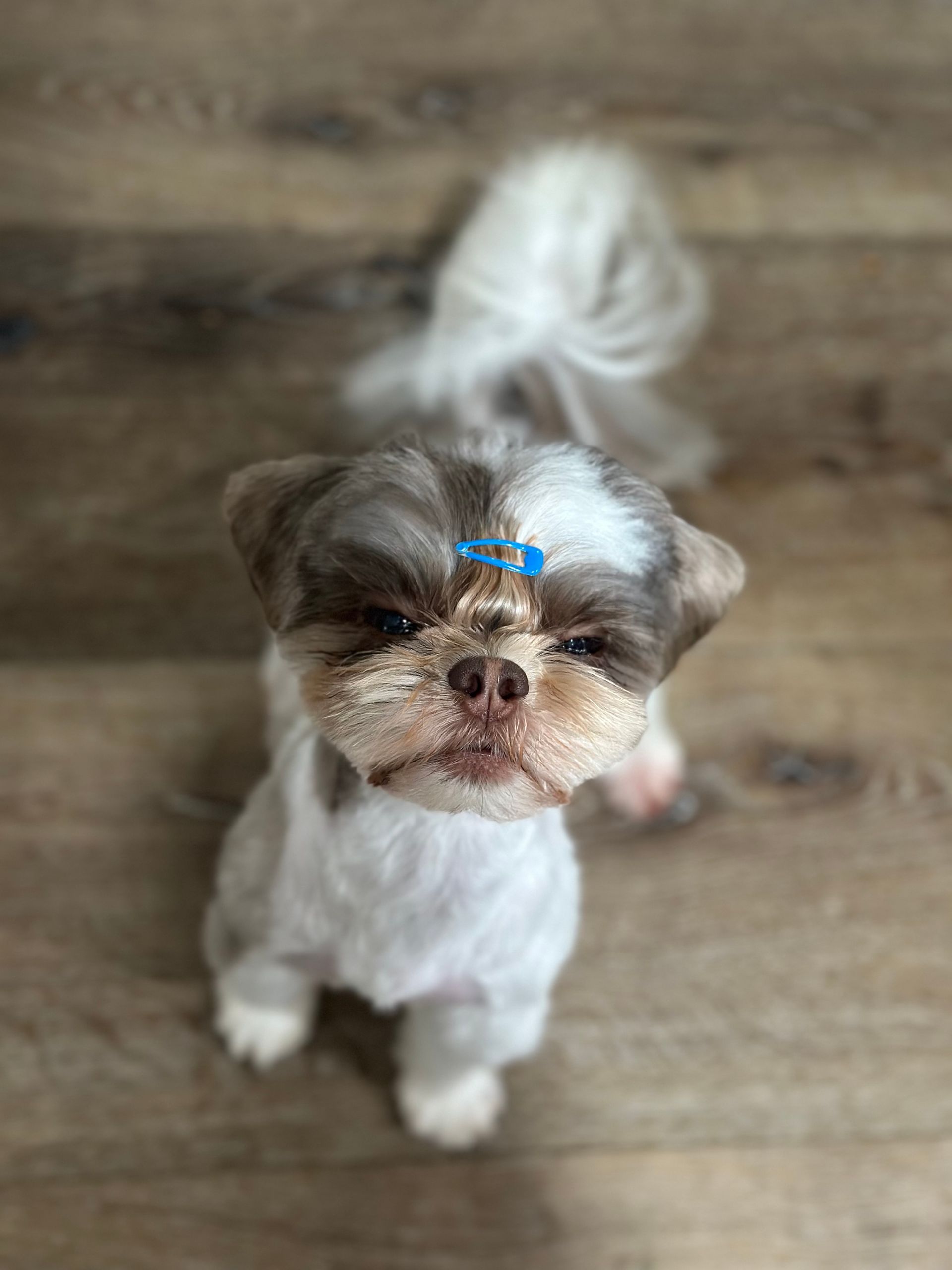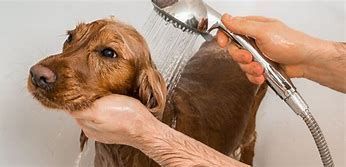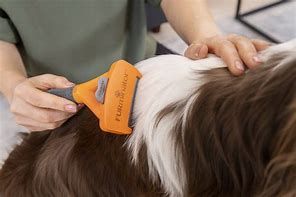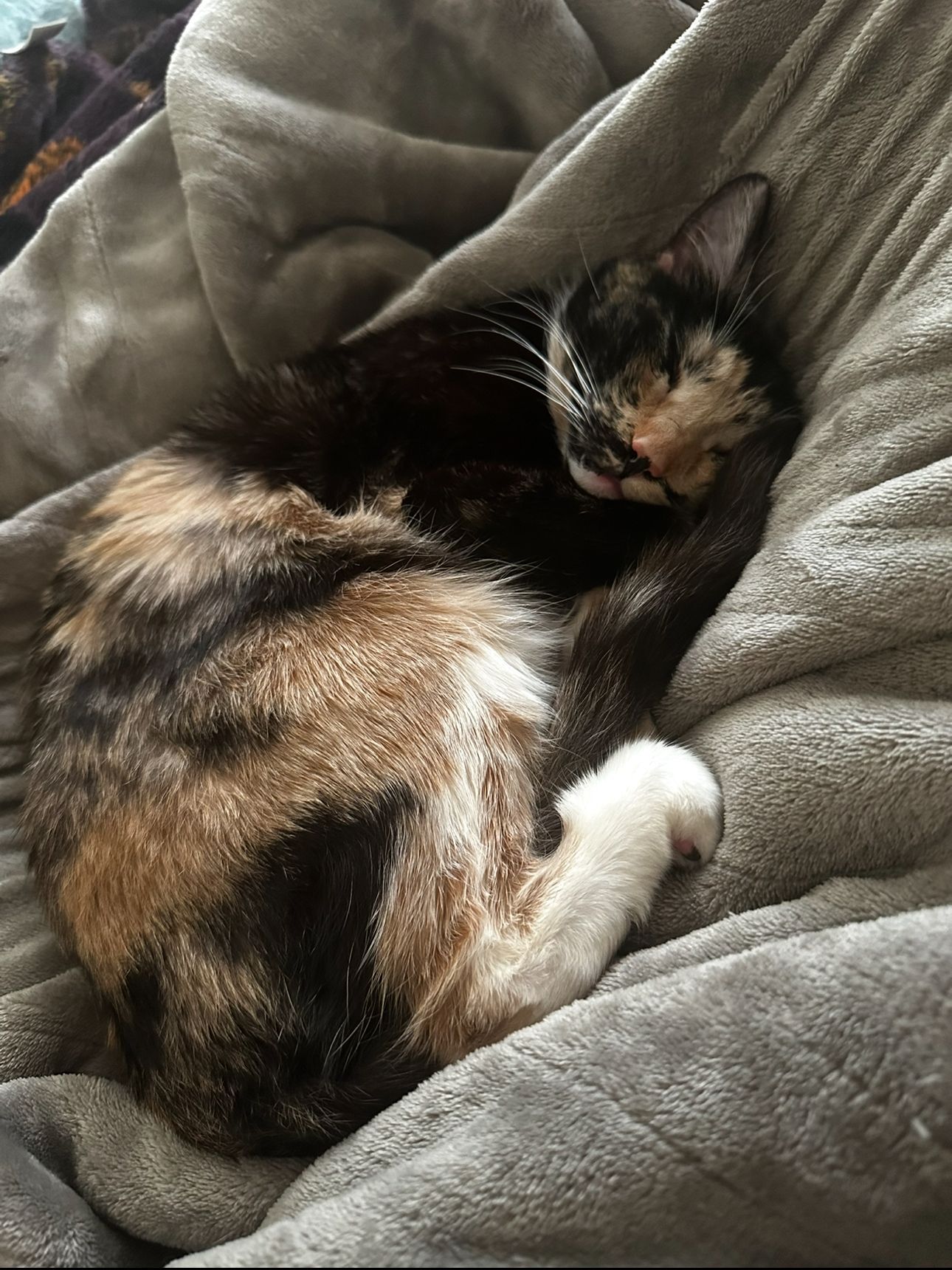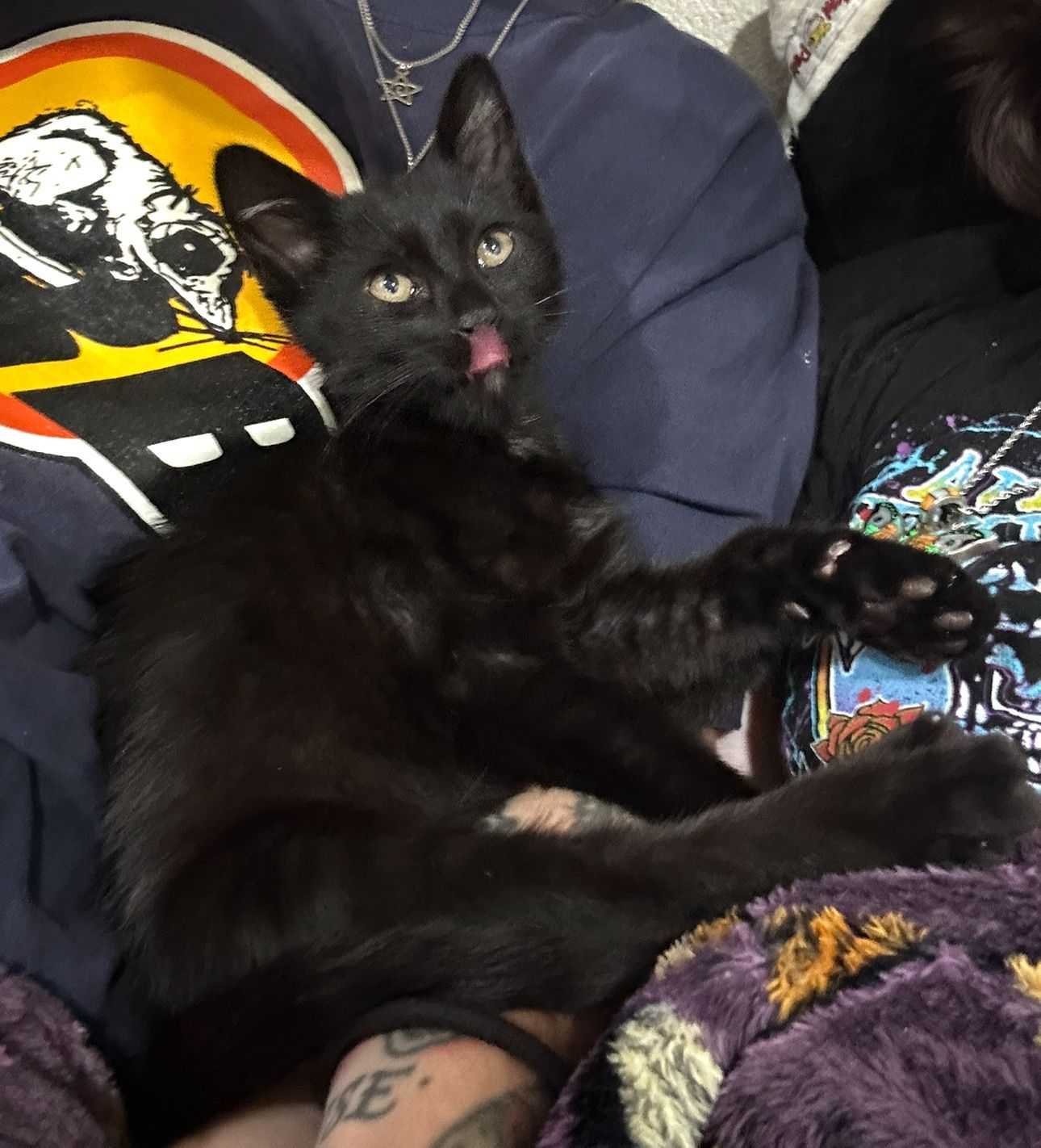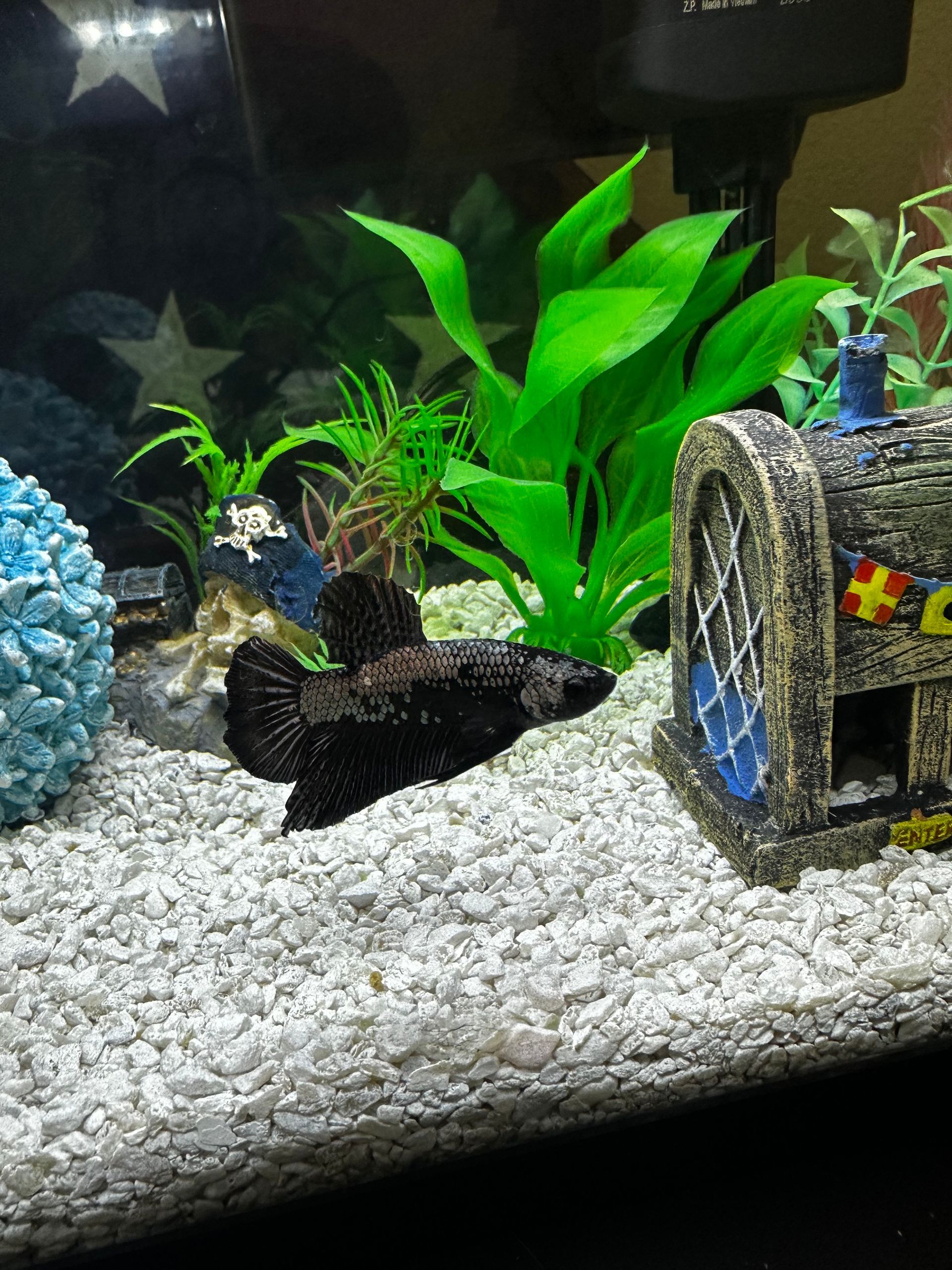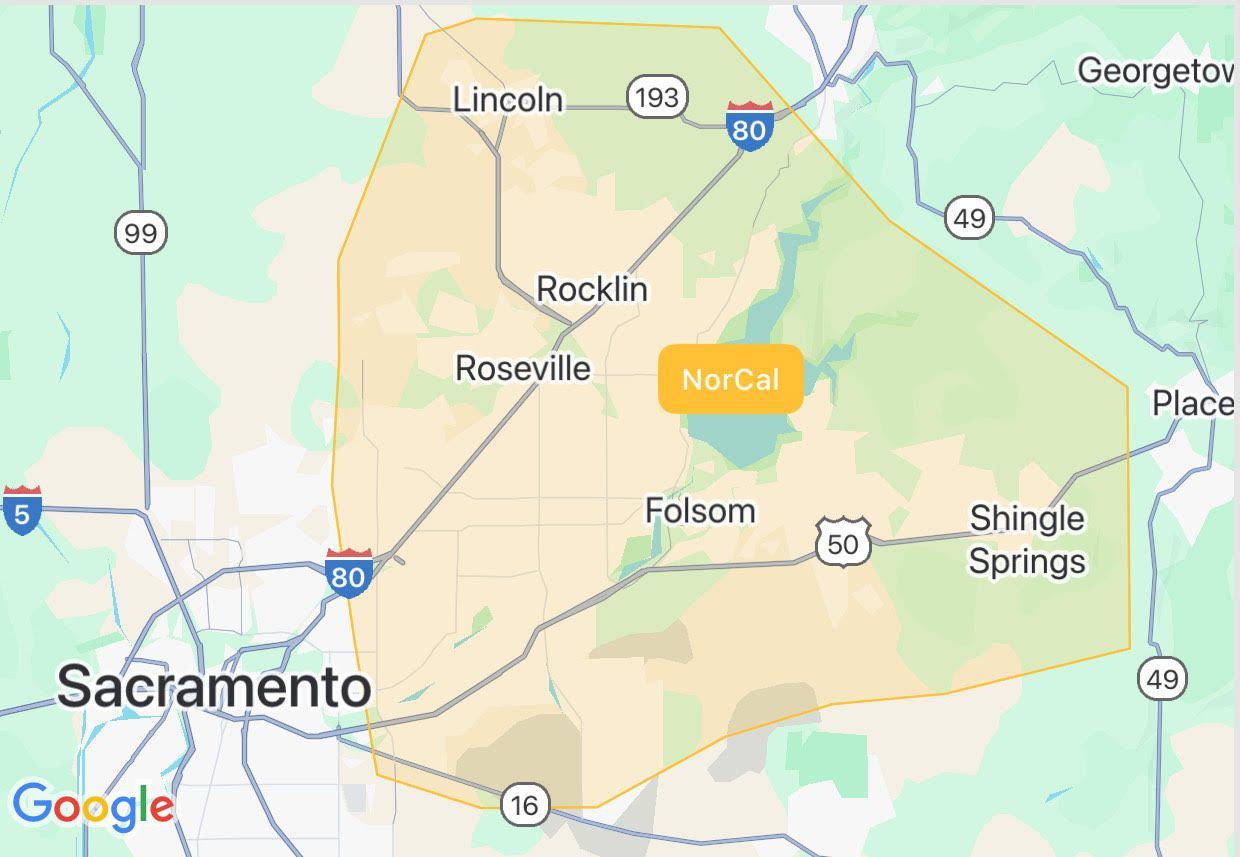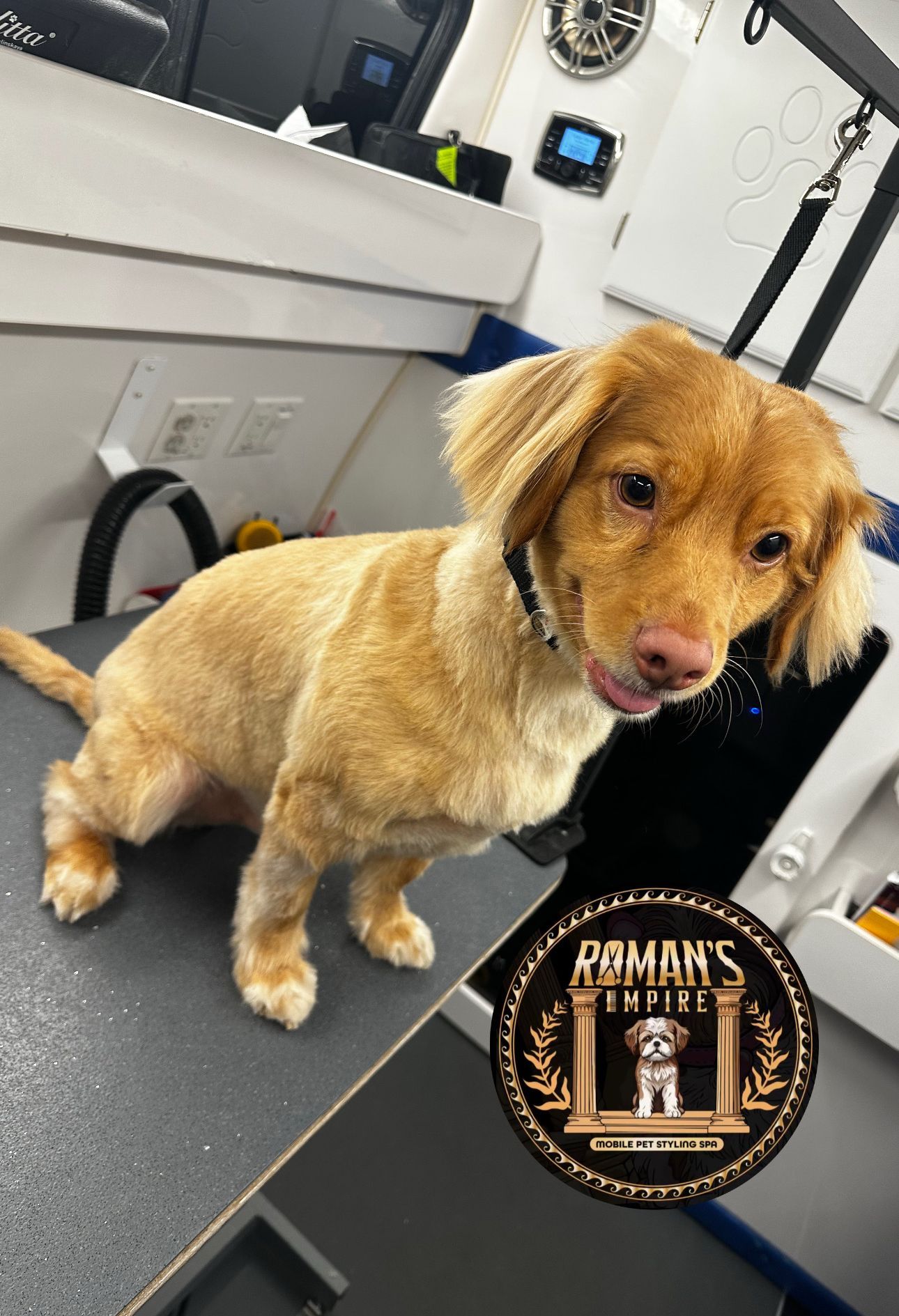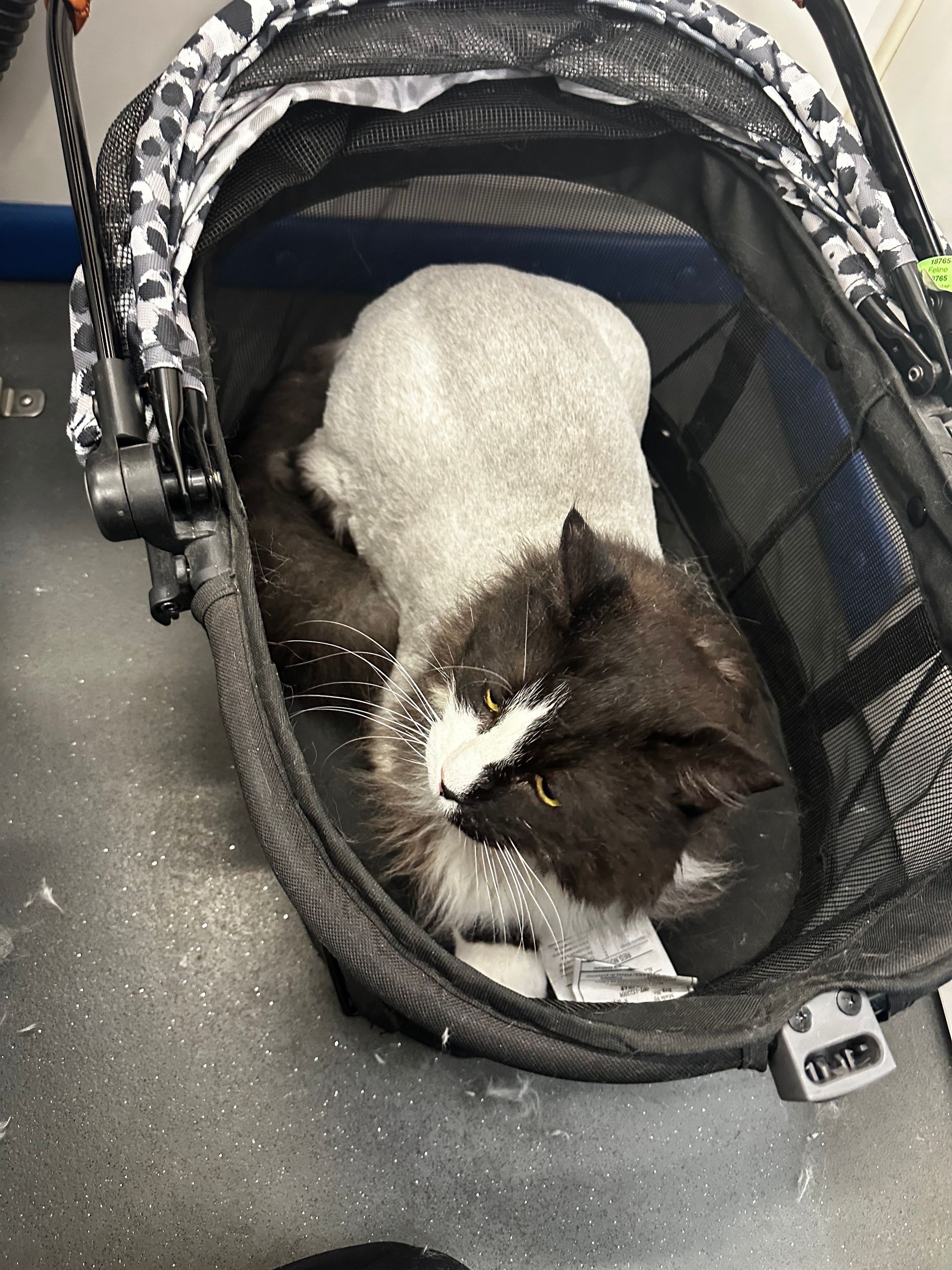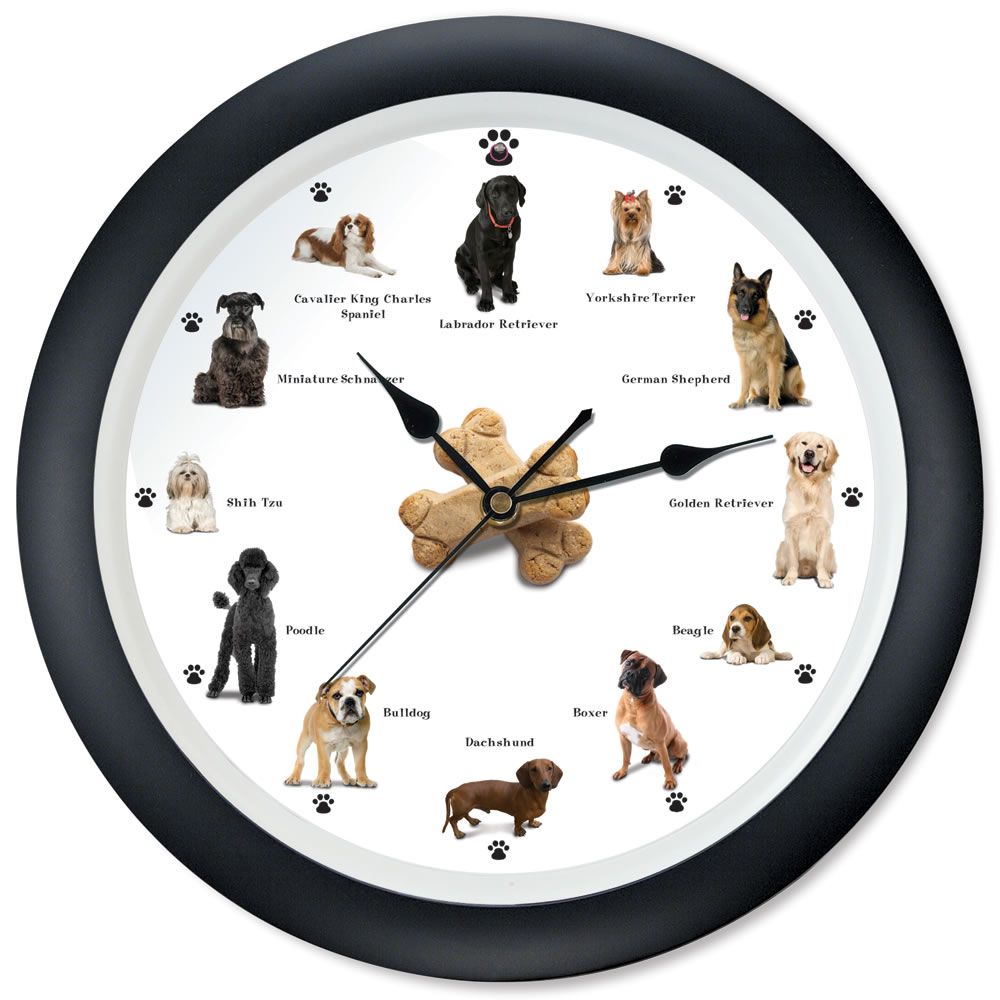More Than a Shave - Why Matting Removal Isn't Optional
Why shaving matted dogs and cats isn’t the easy way out—it’s the only way forward.
Introduction
Shaving a pet—especially one who’s matted—is often misunderstood. It can be seen as taking the “lazy” route, a sign the groomer didn’t try hard enough, or worse, a punishment for the pet. But in reality, shaving a matted coat is one of the most skilled, humane, and necessary decisions a professional groomer can make. It’s not about shortcuts—it’s about safety, comfort, and long-term coat health and overall wellbeing.
What Matting Really Means
Matting isn't just tangled fur. It’s a web of tight knots, dead hair, skin debris, moisture, and sometimes even fleas or burrs trapped against the skin. It restricts airflow, harbors bacteria, and can cause bruising, hot spots, and severe discomfort. In some cases, it even hides injuries or skin infections.
Brushing out matting isn’t just painful—it can be traumatic and dangerous, especially for anxious or older pets. We value humanity over vanity, and will not cause your pet further pain, discomfort, and stress by brushing out matting. We prioritize a pet's safety and comfort over aesthetics or expectations at all times.
Why We Don’t Brush Out Severe Matting
Brushing out tangles on a clean, maintained coat is one thing. But trying to brush out matting—especially on a dirty coat—doesn’t just cause discomfort, it actually damages the coat and skin.
Here’s why:
- Matting traps dirt, debris, moisture, and oils close to the skin, creating the perfect storm for irritation, bacteria, and infection.
- Once matted, the hair locks together tightly. Brushing through this dry, tangled mass causes breakage and tearing of the hair shaft. This leaves the coat weaker, more prone to damage, and more likely to mat again—faster.
- If a dog is bathed while matted, water tightens the tangles, like shrinking a cotton thread into a knot. This makes brushing out even more difficult and painful—and the shampoo and conditioner can’t even reach the skin, meaning the dog doesn’t actually get clean.
Trying to “salvage” a matted coat for the sake of length is always more harmful than helpful. It sets the coat up to mat more quickly and severely the next time and teaches the pet that grooming is painful and something to fear.
Shaving a matted coat down safely and starting fresh is not a punishment—it’s a reset. It clears the way for healthy regrowth and allows the pet to feel clean, light, and comfortable, while giving the owner a fresh start on proper coat care.
For more on this, see why groomers cannot guarantee a styled cut, light trim, or just a bath on matting and why there's always an injury risk with matting.
Never take scissors or shears to matting--see the risks here.
The Skill in a Shave
Shaving down a matted coat is not simply “buzzing it off.”
It requires:
- Knowledge of skin anatomy (which can be paper-thin beneath mats)
- Patience and careful blade work to avoid injury
- Proper equipment that’s sanitized, well-maintained, and sharp
- Experience with behavioral handling—many matted pets are stressed, fearful, or in pain
Our job is not done after the initial shave--a proper shave is actually two full haircuts:
- A pre-shave to safely remove the matting
- A secondary groom on clean and prepped hair/fur to even everything out and trim sticky-outies.
See what professional grooming actually involves for more insight,
Why It’s Not Just Hair
There’s a belief that shaving a dog is “just cosmetic,” but the truth is it’s often a medical necessity. A matted coat doesn’t breathe, and the longer it's left, the higher the risk for:
- Skin infections and fungal growth
- Movement restriction
- Emotional stress and fear responses
- Underlying health issues going unnoticed
Shaving allows us to assess the skin, begin healing, and return to a fresh grooming schedule that keeps your pet healthy and pain-free.
Let’s be clear: shaving isn’t a punishment. It’s a tool of mercy and prevention. A skilled, compassionate groomer doesn’t reach for short blades as a first resort—but when we do, it’s for your dog’s sake, not ours.
Matting causes a great deal of pain and discomfort, and it's unfair and inhumane to pair that with the pulling, yanking, and potential injury and trauma brushing it causes.
The Toll on the Groomer and Tools
Shaving a matted dog isn’t just hard on the pet—it’s hard on the groomer too.
It’s one of the most physically and mentally demanding tasks we take on.
- It requires prolonged, hyper-focused blade work with precision and control.
- It’s taxing on our wrists, backs, and shoulders, especially when dogs are large or uncooperative.
- It demands emotional stamina, particularly when working with fearful, painful, or neglected dogs.
And it’s not just our bodies that take a hit—our equipment does too.
- Clippers get hot and wear faster when cutting through packed mats.
- Blades wear down, dull or break under the stress.
- We go through sharpening services more frequently, and repairs are common after especially difficult grooms.
This kind of grooming requires not just skill and compassion, but investment—in high-quality tools, maintenance, and our own physical well-being. It’s part of why these grooms are priced as specialty services: because they demand more in every sense of the word.
We're Groomers, Not A Demolition Crew
Severe matting isn’t just a grooming issue—it’s a neglect issue, and dealing with it falls far outside the scope of a routine grooming appointment.
While groomers are compassionate professionals who care deeply about animals, it’s important to recognize that our job is to maintain a coat, not to rehabilitate one that's been allowed to deteriorate.
A groomer’s role is similar to that of a housekeeper—not a demolition crew. If a coat hasn’t been properly brushed, maintained, or professionally groomed for months on end, it’s unreasonable to expect a miracle fix without consequence.
We can only do our best work when owners do theirs.
- That means staying on a proper grooming schedule based on coat type (often every 4–6 weeks for high-maintenance breeds).
- It also means brushing at home with the correct tools, regularly and thoroughly—not just surface brushing or running fingers through the coat.
- When pet parents hold up their end of the responsibility, we’re able to keep their pets feeling, looking, and smelling their best—with minimal stress or discomfort.
Expecting a groomer to fix months of neglect in a single session—without pain, without cost, and without consequence—is not only unfair, but also unrealistic.
Yes, It Still Requires Grooming After
Shaving doesn’t mean your dog “doesn’t need grooming for a while.” In fact, shaved dogs need more consistent grooming to keep the coat manageable and avoid a repeat cycle of matting. A clean slate gives us a chance to start over—with structure, routine, and education.
Learn how to maintain your pet at home.
Explore why at-home grooming doesn't compare to professional grooming.
See why staying on a frequent grooming schedule is crucial for your pet's health and comfort.
